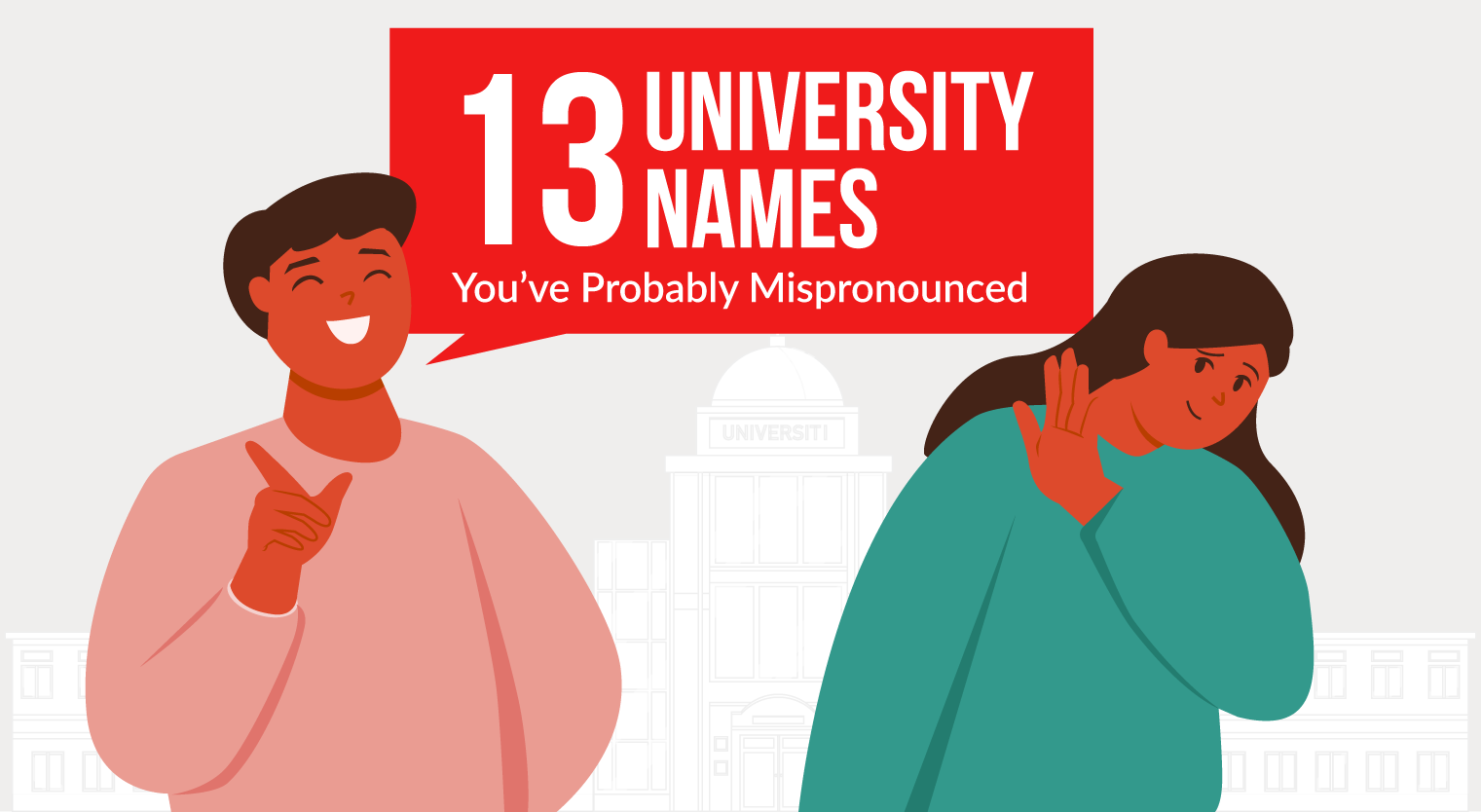6 Ways to Sell More Effectively
The art of sales can be mastered by anyone and can be used to accomplish a range of different things. In this second part of Leaderonomic's article titled "Learning to Sell is an Essential Part of All Careers", you'll learn the 6 main ways you can be more persuasive and improve on your selling abilities.
Published 24 Aug 2018

Most of us think that the art of sales resides in just a select few but Daniel H Pink chooses to think otherwise. The art of sales can be mastered by anyone and can be used to accomplish a range of different things.
In this second part of Leaderonomic's article titled "Learning to Sell is an Essential Part of All Careers", you'll learn the 6 main ways you can be more persuasive and improve on your selling abilities.
#1. Get their perspective
Attune yourself to the way the other person is thinking. Take their perspective, but bear in mind that this isn’t the same as empathy. Pink explains that perspective-taking isn’t just about understanding their feelings, but also knowing what they’re thinking and what their interests are. An experiment on price negotiation showed that people yield better results when they focus on what the other side is thinking rather than how they are feeling.
This insight into their thought processes will put both of you on the same wavelength and guide the discussion to an arrangement that works for both parties. Why not try putting an empty chair in the room to help with the attunement. Amazon.com CEO Jeff Bezos makes this a habit in meetings.
“It’s there to remind those assembled who’s really the most important person in the room: the customer,” Pink writes. “Seeing it encourages meeting attendees to take the perspective of that invisible but essential person. What’s going through her mind? What are her desires and concerns? What would she think of the ideas we’re putting forward?”
#2. Really listen
This is part and parcel of understanding the perspective of the person you’re trying to persuade or convince. Whilst listening is logical advice, Pink says we still make the mistake of focusing on what we’re going to say after they’ve finished speaking.
“For many of us, the opposite of talking isn’t listening. It’s waiting. When others speak, we typically divide our attention between what they’re saying now and what we’re going to say next — and end up doing a mediocre job at both,” he writes.
#3. Instead of pumping yourself up, ask questions
Questions work better than statements to yourself like “You are a superstar! You will blow them away!”
“Pumping yourself up with positive self-talk is often not as effective as interrogative self-talk (e.g. can you do this?’). Motivating yourself with questions leads to better preparation and is more likely to surface your autonomous, intrinsically motivated reasons for doing a task,” writes Pink.
#4. Find problems, curate solutions
This comes under C of Pink’s ABCs (clarity). There’s a premium on finding problems rather than just solving problems. Selling today is not about steamrolling and pushing a solution. Increasingly, it’s about advising.
"We’ve moved from selling solutions to selling insights," says Pink.
So find the problem that the other person may not even be aware of. Then select a small but effective pool of solutions. This is much more powerful than offering a myriad of choices.
#5. Talk about potential more than achievements
Studies show people are more attracted to potential rather than achievement and say it has to do with the element of optimistic uncertainty. So if you’re selling an idea or even yourself for a job or a promotion, keep this thought in mind.

#6. “Yes and” vs. “Yes but”
The word “but” highlights matters of disagreement, but Pink reminds us that the conjunction “and” is more inclusive. The book offers the following example of a conversation about organising a high school reunion:
“Let’s have our high school reunion in Las Vegas.”
“Yes, but that’s going to be too expensive for some people.”
“Yes, but that way only the people who really want to be there will attend.”
“Yes, but some of our classmates don’t gamble.”
The conversation goes on like this, and all that are highlighted are the issues. When it changes to “and”, the result are quite different:
“Let’s have our high school reunion in Las Vegas.”
“Yes, and if it’s too expensive for some people we can raise money or organise road trips.”
“Yes, and if we start early, we could reserve a block of rooms at a hotel that offers volume discounts.”
“Yes, and for families with kids and for people who don’t gamble, we could organise activities during the day.”
Pink explains that “Instead of swirling downward into frustration, ‘yes and’ spirals upward toward possibility. When you stop, you’ve got a sense of options, not a sense of futility.”
But how do you pitch an idea effectively when attention spans are so short? Pink says elevator pitches don’t even work anymore because people in the elevator are too busy looking at their phones! He brings us back to the core objective of a pitch, which “isn’t necessarily to move others immediately to adopt your idea.”
“The purpose is to offer something so compelling that it begins a conversation,” writes Pink. Here are 3 out of the 6 pitches from To Sell is Human to sell your product, idea or yourself:
Apply for university with EduAdvisor
Secure scholarships and more when you apply to any of our 100+ partner universities.
Start now1) The one-word pitch
Write a fifty-word pitch. Reduce it to 25 words. Then to six words. One of those remaining half-dozen words is almost certainly your one-word pitch. Google and the word “search” is one example of a powerful one-worder.
2) The question pitch
Ask a question if your arguments are strong.
In a video interview with Wharton School of the University of Pennsylvania, Pink gives an example of asking his daughter to clean up her room. Instead of giving instructions, dangling a carrot or threatening a stick, he suggests asking a question like this: “On a scale of 1 to 10, how ready are you to clean the mess in your room?”
If the answer is predictably a low figure like 3, then ask, “Why isn’t it lower?” She may respond saying that it’s not a zero because the mess can make it difficult to find things and she feels better when the room is clean.
To answer the question, she has to summon her own autonomous intrinsically related reasons, explains Pink, and it forces her to think about cleaning her room as something she is doing for herself. Questions have that kind of power.

3) The Pixar pitch
Pixar uses this to structure their stories, as tweeted by Emma Coats, Pixar’s story artist. It’s a simple but compelling framework. Just fill in the blanks: “Once upon a time… Every day… One day… Because of that… Because of that… Until finally…”
Now notice Pink’s quote to us at the beginning of our main story. He practises what he preaches.







